Edge tape – Everything You Need To Know
When selecting your residence hall furniture and determining the specifications, you will certainly choose the materials you wish.
Should it be completely solid wood, including the top? Should you purchase solid wood or plywood substrates with laminate tops, or just laminate?
Whatever option you choose, your furniture will most likely have edge banding. Why?
Because it’s an essential component of the building. And, depending on where we place it in the cabinet, it extends the life of your furniture.
This brief tutorial, part of our Nuts & Bolts Series for operational and facility executives, will teach you the fundamentals of edge banding.

What is Edge tape?
So, let’s start from the beginning. What is Edge tape?
It’s actually rather straightforward, and the video below will help you grasp it even more, but here’s a quick introduction to get you started.
Here’s the fundamental, non-technical notion.
Plywood, particle board, and other engineered wood cores such as MDF have rough, unfinished, exposed, and often ugly edges.
To compensate for this, some ingenious people invented technologies that allow you to attach distinct bands of glossy finished material on the rough edges to match the tops and sides.
These narrow bands or strips are known as edging tape, and they range in thickness from 0.018-inch to 5mm. They are available in 250-foot rolls.
Thicker edging is utilized in high-traffic and commercial locations because it is more resilient and impact resistant. The military demands a thicker ⅜” solid wood edge banding for optimal impact protection.
Edge banders are industrial-grade equipment that attach edging tape to the bare edges of wood panels using hot-melt adhesive or glue.
What’s the purpose of Edge tape?
Edge tape has a practical and aesthetic purpose.
Edge bands provide important functional purposes for your furniture. First, they keep moisture out by acting as de facto seals around the edge of the core material. Second, edge banding increases durability and robustness by offering impact resistance. If you choose solid wood edging, it might improve the overall robustness of the furniture.
Edge banding hides unattractive rough edges and offers a glossy finish that complements your tops and sides. You may also use radial edges to soften harsh angles.

Where cannot you locate edge banding?
Luyao does not apply edge banding to cabinet backs or drawer bottoms since they are already immersed (sealed) in dato grooves. Similarly, we avoid edge banding internal plywood drawer pieces since it adds no value.
It is worth noting that some manufacturers do not apply edge banding where it is required, such as on the bottom and rear borders of plywood cabinets. That is an issue since moisture, even in trace amounts, may ruin unsealed furniture.
Where should we add edge banding?
Where might you expect to discover edge banding on your furniture? That depends on the total material specification.
Except in cases when solid wood cannot be used, a solid wood product will not feature Edge tape. Wardrobe doors, for example, are composed of veneer-core plywood or MDF.
Even when we utilize solid wood for case sides and drawer fronts, many customers still choose high-pressure laminate tops. Those tops require edge banding.
If your material specification calls for plywood or laminate, edge banding tape is also required.
Luyao employs edge banding in unexpected areas, such as plywood bed decks. Why? Because a perfectly sealed deck keeps bed bugs away. You may learn more about bed bug treatment here.
What is Edge tape comprised of?
What are the edging tapes composed of? There are several materials, and we’ll only go over a couple here.
PVC
PVC is the most used material for edge banding on case cabinet tops. Pros: It is affordable, resilient, and has a long lifespan. It does not require a finishing procedure. It’s also simple, if time-consuming, to fix. Cons: You cannot recycle it. It does not biodegrade. Once blemished, it cannot be refinished. (Note: ABS—Acrylonitrile Butadiene Styrene—is an environmentally acceptable alternative to PVC since it is both recyclable and safe to incinerate.)
In general, we suggest 3mm edging for PVC since it adheres better, goes on cleanly, and is quicker to install. Another benefit is that you obtain an elegant radius with a soft finish. Generally, we avoid.5mm edging is used because the corners are often overly sharp.
Solid wood
- Solid wood is still a popular choice for case cabinet tops in many woodworking communities. It’s long-lasting, recyclable, simple to repair and refinish, robust, stiff, and inexpensive.
Advantages: It is more resistant to chipping than veneer edge tape. Solid wood glues are more durable and less likely to peel than veneer and PVC. It adds dimensional stability to plywood and MDF. Manufacturing that is climate neutral. Cons: Difficult to utilize with curves.
We provide solid wood edge banding for tops in a variety of thicknesses. You can use it internally or externally.
We propose 9.5mm solid wood for case nice tops.
As explained below, Luyao believes that the ideal technique to apply wood edge banding is “internally” with an HPL top. Why? Because in our experience, it is extremely resilient and never requires further maintenance.
How is edge banding applied?
The RA Learning Center lists four ways for applying edge banding. There’s a lot to say about each of them, but for now, here’s a quick rundown of application techniques and mediums.
- Hot-melt adhesive.
- Hot air or laser
- Iron-on
- Laser edging
Additional Considerations
Peeling
There is no doubt that edge banding is necessary for most school and dorm furniture. When applied incorrectly or in essential components, it causes significant maintenance issues.
One difficulty with edge banding on furniture is that it can peel. Why?
Sometimes, for various reasons, the adhesive fails. When this happens, the edge banding begins to tear away from the edge.
Peeling can also result from rough usage. For example,.5mm edging offers little resistance to impact. As a result, you should avoid using it at the front of a case side. If you do, your edging may begin to peel.
If your furniture begins to peel, we can repair it. Simply contact your local Luyao account representative, and we will handle it for you.
Cost
In general, we choose PVC edge banding for projects where the budget is the most important issue. This is not to argue that there is anything wrong with the material. The production process has fewer steps, and the raw material is less expensive.
Solid wood edge banding is more costly since it requires more time and uses higher-quality materials. And, given the additional processes required in the production process, we consider this a premium option. As previously stated, internal solid wood edge banding with HPL tops is likely our most robust and long-lasting option.
Adhesives
We chose hot melt glue for our adhesive solution because it is user-friendly and produces an excellent seal. We apply the adhesive to the edge while it is still hot, then push the bands to one side.
The edge banding process is heavily influenced by ambient temperature. We must manage the temperature of both the structure and our materials. In essence, we want a warm atmosphere for effective adhesion. It cannot be chilly inside the structure.
Finally, the method requires a nice, clean glue edge. At Luyao , we use cutting-edge gear to enhance the glue edge and square it exactly.

Your Choices
It is our job to edge band properly. However, you should be aware that you will still have to make decisions when examining edge banding possibilities.
Those options might seem intimidating if you don’t live and breathe this material like we do. Our specialists will guide you through your edge banding alternatives to guarantee you receive the perfect product for your project.
Our objective is to help you understand the process and have confidence that our products are created with years of manufacturing knowledge and field-tested performance.






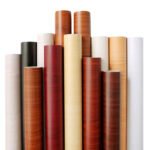


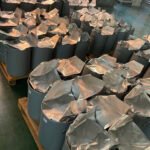
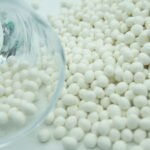




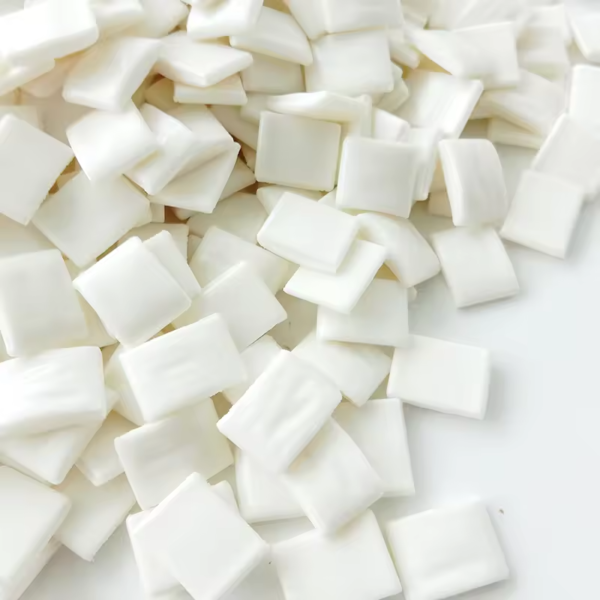

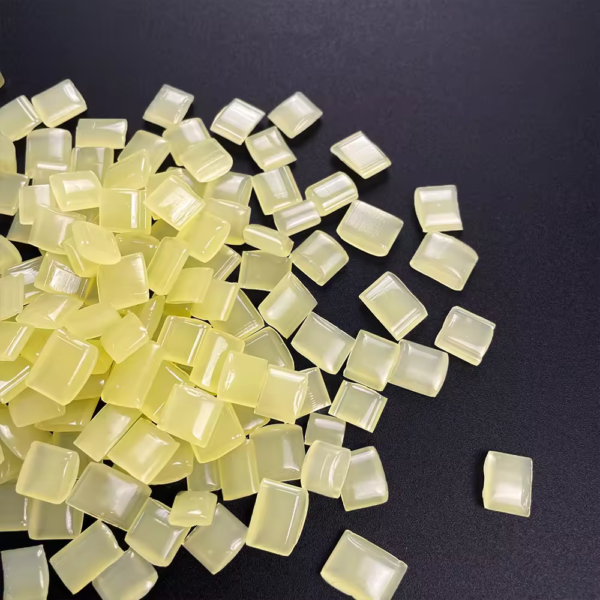

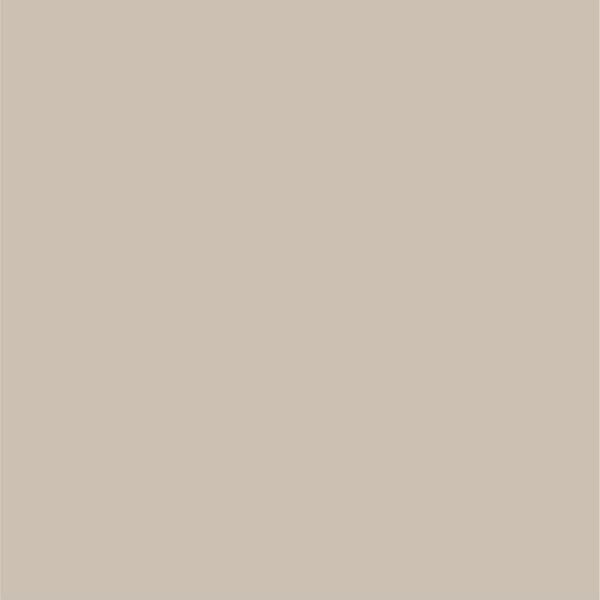
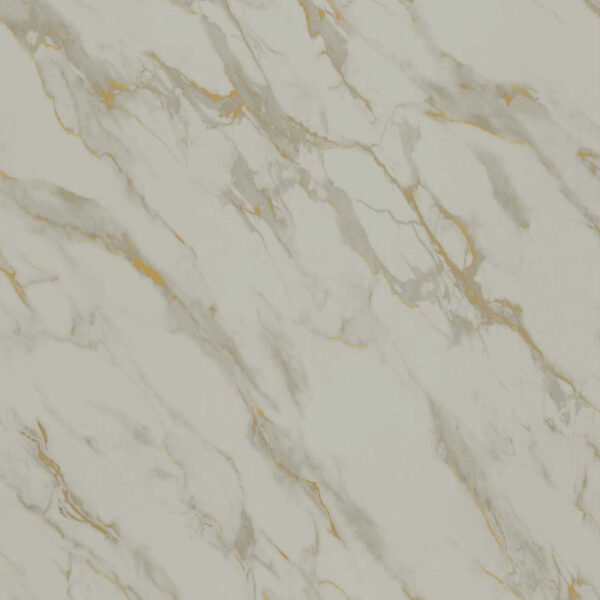

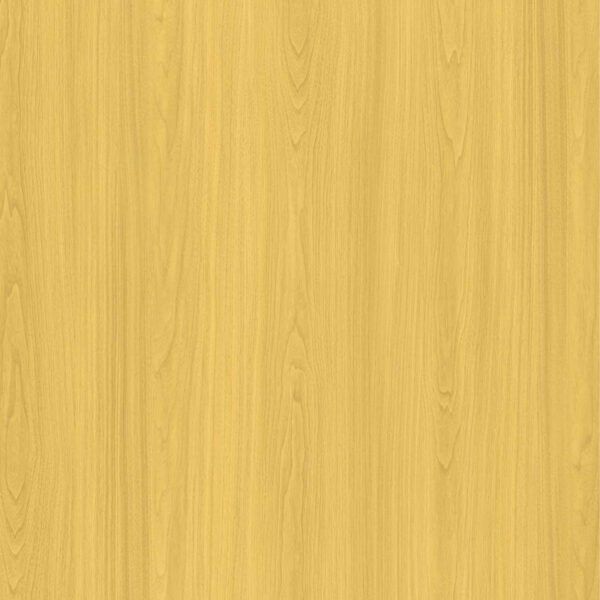


Leave a Reply